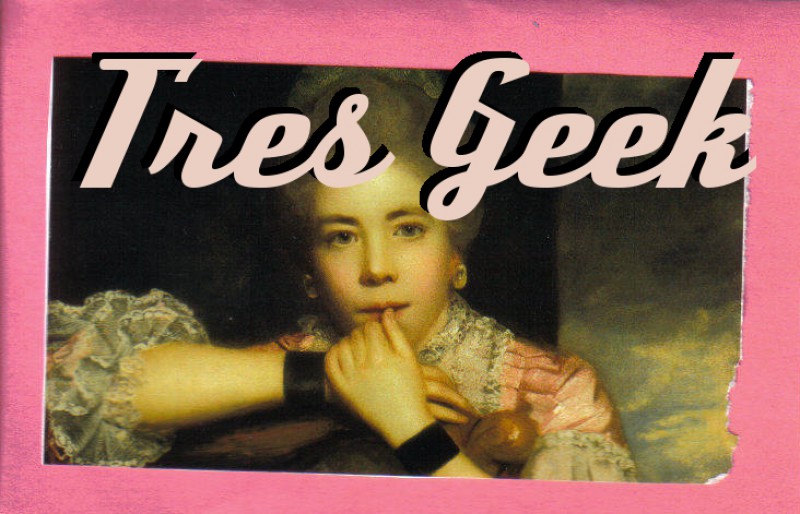One of my coworkers has been after me to see Black Swan for months now because she wanted my opinion on the dance double controversy. After finally getting around to watching it with SB this past week, I …kind of don’t see why it was such a big deal? The dance sequences in this movie are second only to Anne Bancroft’s in The Turning Point in terms of editing around the limitations of the actor, and none of the choreography we actually see is that difficult anyway. During the famous fouette sequence in the Black Swan coda, shots of Portman never show her supporting foot and upper body at the same time, which makes me think she may have been doing most of them on half-pointe (and this wouldn’t have been the first ballet movie to splice together a string of fouette turns anyway, Center Stage). Portman clearly worked very hard and is completely believable doing what she’s asked to do, but she’s not really asked to do that much. I can understand Sarah Lane being irked that her work was pretty much ignored, but one might have thought Portman was claiming to be firing off entire variations in a single take, when truthfully there’s no dance sequence in any part of the film that lasts longer than 30 seconds except for the barre exercise (during which no one dancer is a focus for more than 5 seconds at a time). Portman made me believe in Nina’s transcendent final performance almost solely with her eyes and body language, which is why the controversy is so beside the point in the first place.
It’s a shame that I had to spend half the movie thinking about the validity of the dancing, because Black Swan really gets so many of the non-dance parts of the ballet world right. The mutilation of the pointe shoes before they’re even worn, the horrific toenail injuries, the split-personality of the corps dancers alternately supporting and being jealous of each other all rang true to me in a pretty visceral way*. Unlike most dance movies that make me miss performing, Black Swan made me remember some of my frustration with that life, including being, like Nina at the beginning of the film, a dedicated and technically proficient dancer who can’t quite break through to the starring roles (or, in my cases, the camp and college program slots).
*Two exceptions: Nina and Lily would never have been allowed to rehearse with their hair down unless the costuming of the ballet called for it (which it does not), and Lily would not have had a huge back tattoo. For a while I thought maybe it was only there when Nina’s hallucinating Lily, but it’s clearly visible above her costume when she turns away after congratulating Nina on her Black Swan performance, when she is presumably real. Would. Not. Happen.
In a larger sense, using the Swan Lake story and its demands on the lead ballerina as an allegory to the struggle of any artist (maybe any person) between discipline and imagination seemed a bit heavy handed to me. This may be partially because I didn’t need the background info the movie provided for the non-balletomane audience, but SB, initially concerned I might need to “translate,” got halfway through the ballet master’s extremely pompous plot synopsis of Swan Lake, and commented “thanks for the exposition, dude.” Which is not to say that it’s not a valid theme, or that I didn’t find it personally relevant, the movie’s just not as profound as it sometimes seems to think it is. Oddly, when the movie finished, SB thought it was crazier than he had expected, while I thought it was less crazy than I’d been led to believe. (I was expecting something with far less linear of a plot, or that left a lot unexplained, but the only question I really had was whether or not Winona Ryder’s character really died.) Perhaps having survived my own anxiety dreams over recitals and an adolescent tendency to scratch at my skin when stressed, Nina’s meltdown was a heightened reality, but a reality I recognized.
On my list of Favorite Ballet Movies, first is The Turning Point for functioning as yearbook of the ballet world in the late 1970s and offering a fairly realistic depiction of a dancer’s life, second is White Nights for Barishnikov and Hines’ dance sequences alone. Though the lack of significant actual dancing means I won’t be rewatching it often (as opposed to this, which I could watch all day), I enjoyed Black Swan enough to rank it third on my favorite ballet movies list, both for getting a dancer’s backstage and emotional life correct, and also freaking me out a little.
